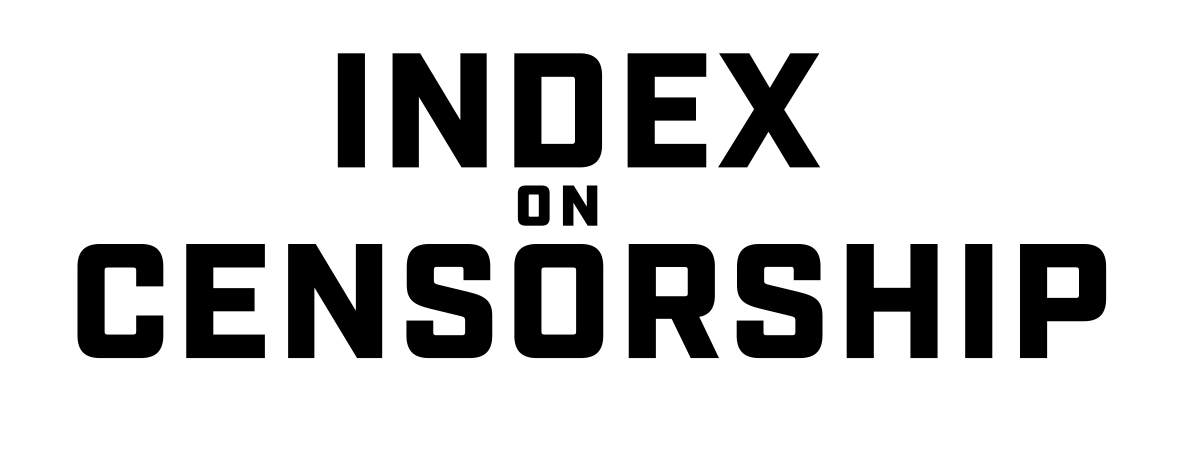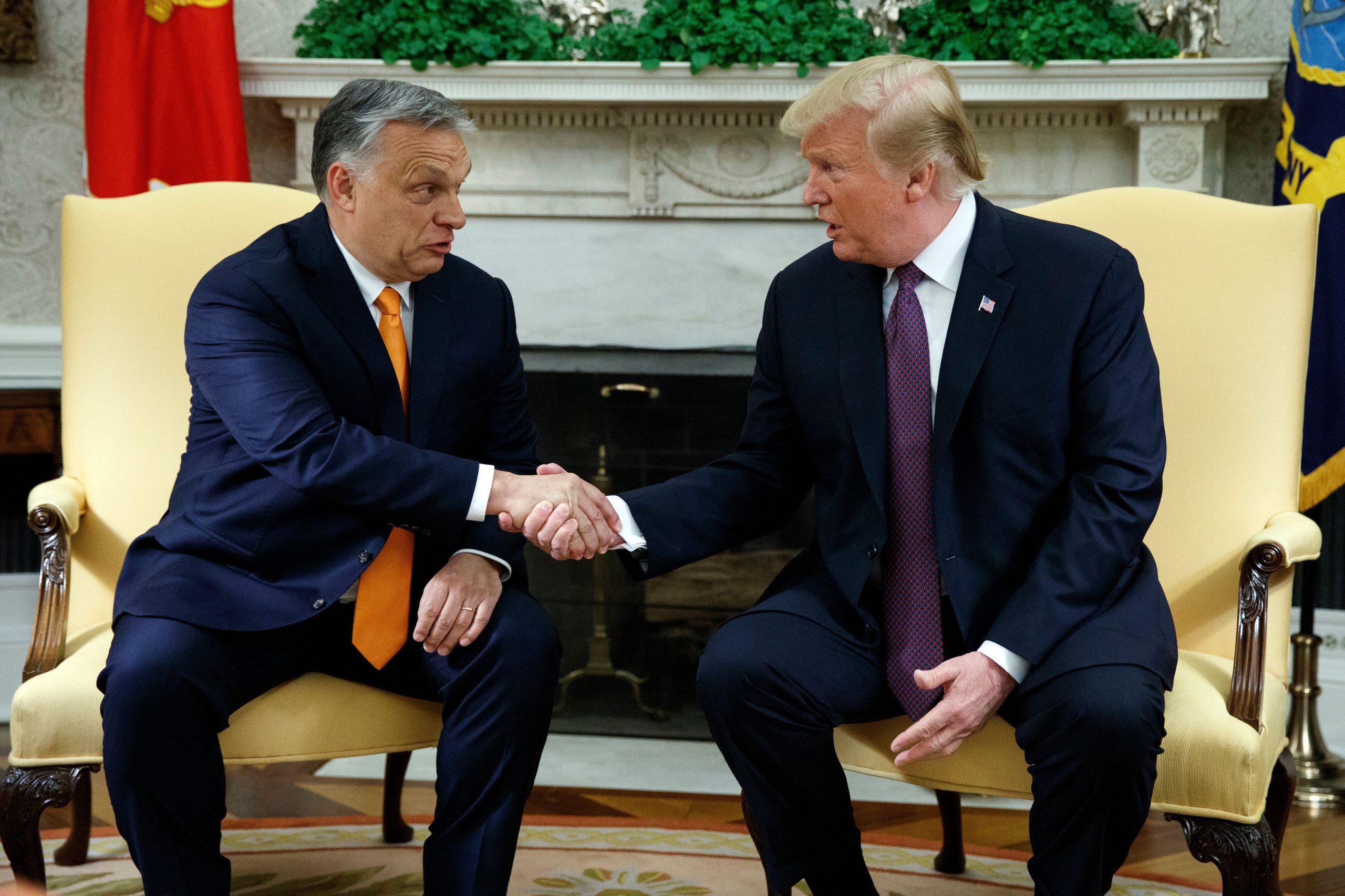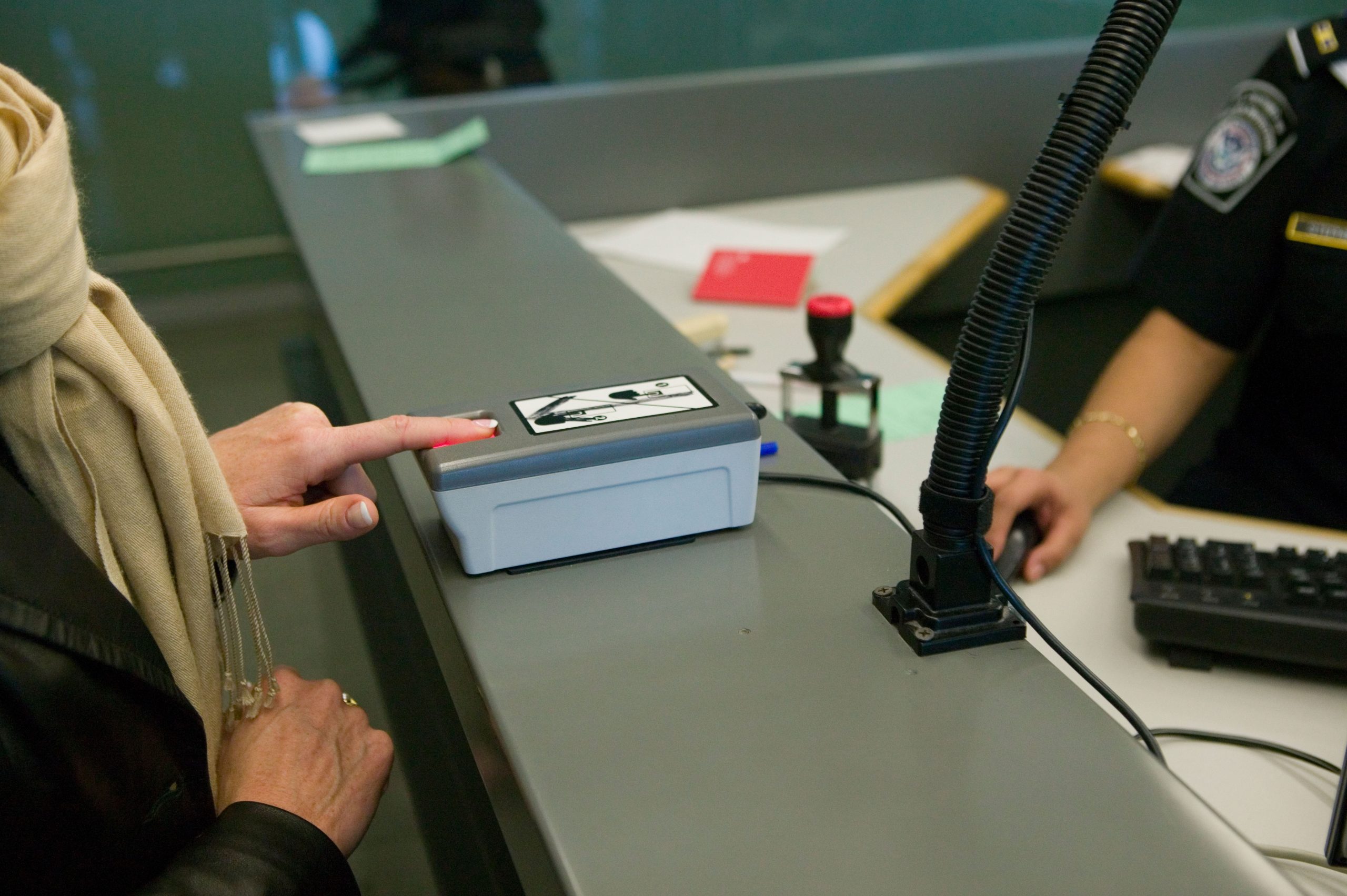When Hungarian prime minister Viktor Orbán delivered his annual state of the nation speech in February, he declared the Trump administration was an inspiration.
But if you look at Orbán’s record you can see that the Hungarian prime minister could actually be the inspiration for Donald Trump’s recent manoeuvres. Orbán was bullying universities, threatening the free press and raging against LGBTQ+ rights way before the second Trump administration started taking aim at those things.
Orbán sees Trump as a “comrade-in-arm[s]” and well he might, as the Trump plan has plenty of resonance with what the Hungarian leader enacted after his second election win in 2010. If Trump had been studying what Orbán had achieved and jotted down notes, he could easily be following the same tick box list of opponents.
Take note of the similarities in language. Orbán talks of: “Pseudo-NGOs, bought journalists, judges, prosecutors, politicians, foundations, bureaucrats – an entire machine that operates the liberal opinion dictatorship and political oppression in the Western world”. This sounds awfully like a Trump speech.
But here’s the thing; Orbán was way ahead of Trump 2.0 in closing down cash flows to universities, which he saw as breeding grounds for opinions he didn’t like.
In 2021, Orbán massively overhauled the way Hungary’s universities were run. A new law meant that 11 universities passed out of state hands and became foundations instead with supervisory boards of politically like-minded people, excluding anyone with “internalist” or “globalist” views, the prime minister said. Several members of the government at the time were installed on these boards including foreign minister Peter Szijjarto. Opposition figures accused Orbán’s government of wanting to control what was taught and researched. “They want ideological control over the universities,” Jozsef Palinkas, a former member of Orbán’s Fidesz party and president of the Academy of Sciences told the German news outlet Deutsche Welle at the time.
The highly ranked Central European University had already been forced to move its main campus out of Hungary and relocate to Austria in 2019, because of the Orbán government’s continuous attacks on it and its founder, the Hungarian-born, US-based George Soros.
Does this all sound familiar? Trump is in the first round of a bloody battle with US universities, demanding removal of diversity programmes, crackdowns on student protests, and possible changes to the syllabus.
Already this is bearing fruit. The University of California has agreed to drop a policy where new staff had to fill in a statement about how they would contribute to diversity on campus. Meanwhile, the Trump administration has cut $400 million in research grants from Columbia University. Trump’s team are linking the cuts to criticism that the institution had not done enough to crack down on antisemitism by allowing pro-Gaza protests. Fearful of what might happen next, Columbia has caved to Trump’s threats and has already agreed to give its campus police more power to arrest student protesters and to replace those running its Middle Eastern studies department.
While there were rumblings about the “liberal elite” running US universities during Trump 1.0, these vague threats mostly came to nothing. This time, though, the attack on the university sector is wholehearted. It partly stems from a belief of Trump’s MAGA (Make America Great Again) Republicans that universities and any critical media are part of a bastion of oppression for those with right-wing values. Such a deep and dangerous attack on US universities and their academic freedom via their research funding has never been attempted with this vigour.
Back in 2021, now vice-president J.D. Vance gave plenty of warning about what might happen next, when he outlined why the Republicans had to take action against “hostile institutions” who control “what we call truth”. Vance said: “If any of us want to do the things that we want to do for our country … we have to honestly and aggressively attack the universities in this country.” That’s clearly what’s happening now.
Amelia Hadfield, head of the department of politics at Surrey University in the UK, said: “Trump is following a long-established autocratic playbook. Dictatorial heads of state including Orbán have for years provided a populist-led model based on a sharp ideological tilt to the right, filleting their state’s reach in terms of social, welfare, and humanitarian and international support whilst repressing anything resembling open debate, let alone criticism.”
Trump has continued his swivel against the liberal media that he began in his first term. He expects uncritical support, otherwise – as The Associated Press (AP) has already experienced – your access to the White House will be removed. Again Orbán had reached this point earlier on, with a plan to get rid of critical media that might get in his way.
While Orbán set the groundwork for creating a pro-rightwing media sphere in Hungary during his first term, the hard work really began when he returned to office in 2010. Orbán set out, with a little help from his friends, to force out, close down or neutralise unfriendly media outlets. International media conglomerates such as Axel Springer sold up and moved out as foreign news outlets were vilified, and government advertising contracts were removed from those that didn’t publish pro-Orbán editorials. Meanwhile, wealthy allies of Orbán bought out significant national and regional media. Suddenly it was possible to find all the same stories with the same angles and headlines in news sources across Hungary, all run by Orbán’s friends.
Orbán and Trump have an awful lot else in common including tough migration programmes and a warm relationship with Russia’s Vladimir Putin. But Trump is moving a lot faster than Orbán did and for those trying to fight back against Trump’s plans to erode media and academic freedoms, one thing they might want at the forefront of their minds is that Orbán has now been in power continuously for 15 years. This is something that Trump might well put on his to-do list, if he can work out how to achieve it.




